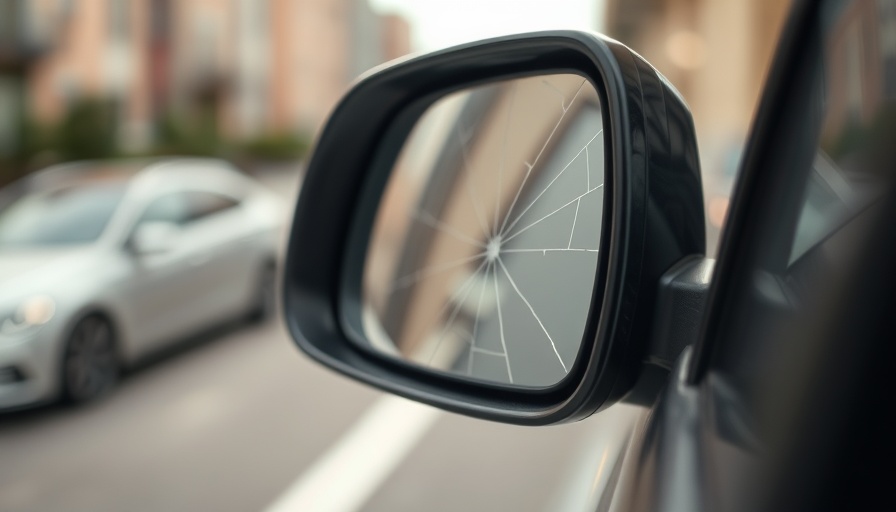
Understanding Fault in Complex Car Accidents
Determining fault in a car accident can often be a maze of legalities and complications. Unlike simpler cases, many accidents arise from shared responsibility among multiple drivers. Depending on your location, the rules can vary significantly. For instance, comparative negligence allows you to recover damages as long as your liability is below 50%, whereas in jurisdictions with contributory negligence, even a minor fault could strip you of any compensation. This complexity makes it essential to understand local laws and your rights.
Types of Accident Scenarios That Complicate Fault Determination
Accidents can take many forms, each bringing its challenges. Multi-vehicle pile-ups are among the most complicated, often making it difficult to pinpoint who is responsible. Similarly, intersection collisions between vehicles travelling at various speeds can shake the foundations of traditional fault assignment methods. Other intricate scenarios, like accidents involving pedestrians or cyclists, further exemplify the layers of responsibility across different types of incidents.
The Crucial Role of Evidence in Establishing Fault
When it comes to proving fault after a complex accident, collected evidence becomes invaluable. Dashcam footage, witness statements, and police reports can provide clarity to the otherwise murky situation of liability. For many drivers, preserving this evidence immediately after an accident can be instrumental in any subsequent legal resolution.
The Importance of Consulting a Car Accident Lawyer
In the aftermath of an accident, consulting a car accident lawyer can offer invaluable guidance. Legal professionals not only help you navigate the intricate landscape of insurance claims but also protect your interests by ensuring all relevant evidence is considered. Additionally, they can engage with insurance companies on your behalf, alleviating some of the stress that comes with managing claims.
Steps to Take After a Complex Car Accident
Following a complex car accident, having a plan of action is essential. Ensure everyone is safe and seek medical help if needed. Document the scene thoroughly by taking photos and gathering contact information from involved parties and witnesses. Finally, report the accident to law enforcement and insurance companies without delay, as timely reporting is crucial for your claim.
By understanding the complexities of fault determination and the importance of evidence, you can better navigate the aftermath of a car accident. Whether you’re a seasoned driver or new to the road, knowing your rights and options can make a significant difference.
 Add Row
Add Row  Add
Add 




 Add Row
Add Row  Add
Add 
